Next morning at the elephant carcass, the buffet was still in full swing.

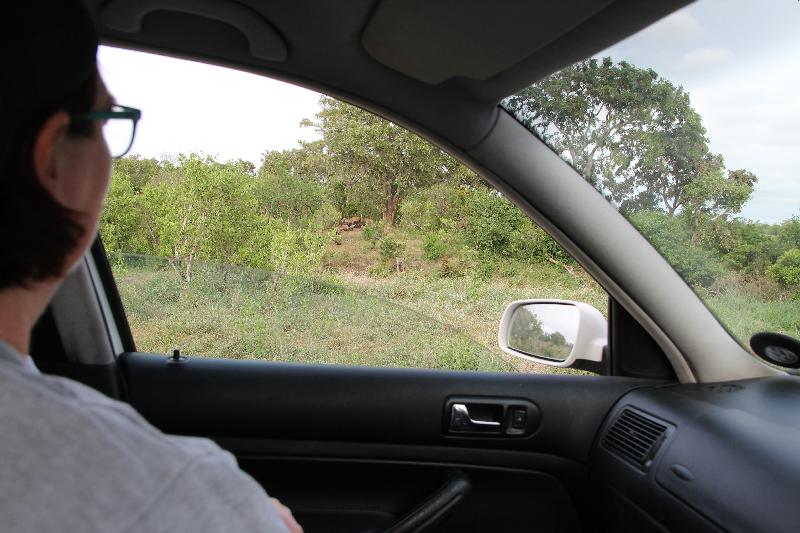
One of the hyenas crossed the river to come investigate this strange contraption with the lenses poking out.



Next morning at the elephant carcass, the buffet was still in full swing.


One of the hyenas crossed the river to come investigate this strange contraption with the lenses poking out.



We have previously had some marvellous sightings, so let me say, straight off the bat, this trip was not so good for sightings. We had some really good experiences, however.
For example, we saw some wild dogs on the first day. But unlike the 2016 trip, where we had them in the road first thing, they were too far into the bush for a decent photograph.

On the S147, not far from where we watched a mom & baby leopard last time, there was an elephant carcass with hyena and vultures all over it (more about this later).

We had elephants chase lions three times.
We saw hyenas playing, interesting birds, tiny elephant, lions wreaking havoc with a herd of impala… all in all it was a good trip.
But it really bugs me how blasé we’ve become.
We hit the road from Graaff-Reinet, N9 via Middelburg to the N1 (caught myself doing 135, car was feeling a little loose, realised I’m towing a teardrop, slowed down), N1 all the way to Meyerton. 788 kilometers. We live hella far from the Kruger (We could move to Scarborough. It’s 16km from here, and you really can’t live further from the Kruger than that without moving to a different country).
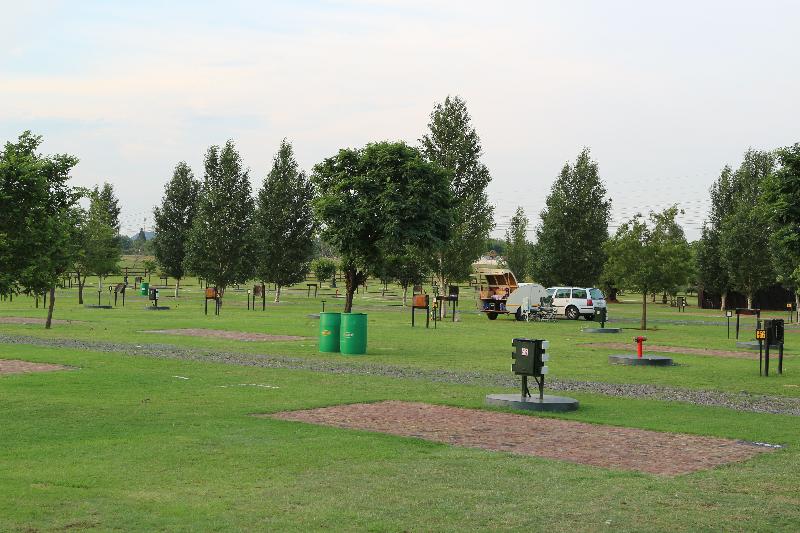
This is the Klipdraai Caravan Park in Meyerton. It’s huge. 220-ish stands. I suspect it pumps in season, but it was nice and quiet when we overnighted there. List of Rules & Regulations as long as my arm, just shows you what people get up to sometimes.
And then it was the next morning and there was more road to deal with. The GPS proposed the shortest route and I (fool) took it, ran into Joburg traffic. Should have taken the R551 through Heidelberg to Delmas. N12 Witbank, N4 (other) Middelburg, Belfast, Dullstroom.
Stopped at Anvil for lunch, good but the beer is not as good as it used to be.
Previously from Dullstroom we took the Lydenburg Sabie White River route to Kruger, but this time we went via Ohrigstad to Hoedspruit to visit some friends, slept over there, entered the park via Phalaborwa gate.
The Valley of Desolation is often described as a part of the Camdeboo National Park, but in fact it’s not in the park at all.
What the park has is a high lookout point which gives you a view of the Valley of Desolation, which happens to be pretty much the scenery you drove over to get to the park in the first place.

The Camdeboo National Park pretty much surrounds the town of Graaff-Reinet.
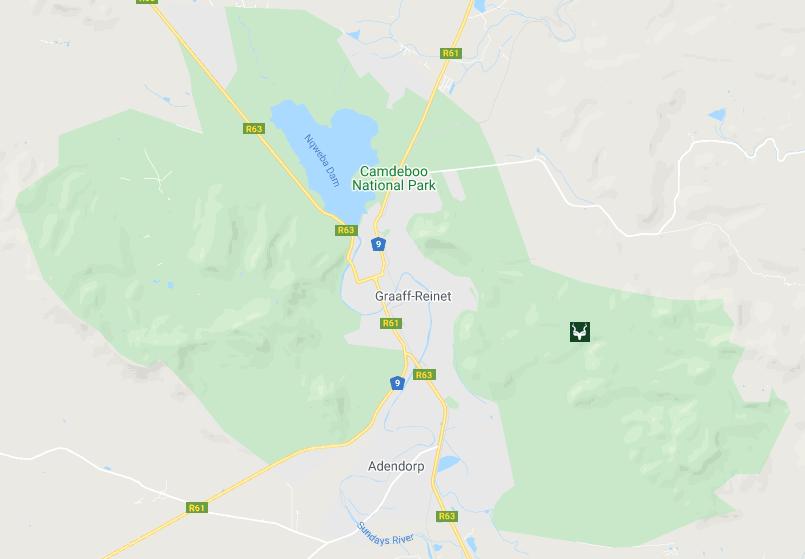
It consists of three separate parts, the main game viewing area around the dam, the Valley of Desolation area on the left, and the 4×4 area on the right. About half of the Valley of Desolation area is accessible by car, the other half is marked “4×4”.
So we left Fish Hoek early on Saturday, N2 to Mossel Bay, R328 to Oudtshoorn, Willowmore, Aberdeen… N1 via Beaufort West would probably have been quicker but it’s always nice to take a road you havn’t seen before.
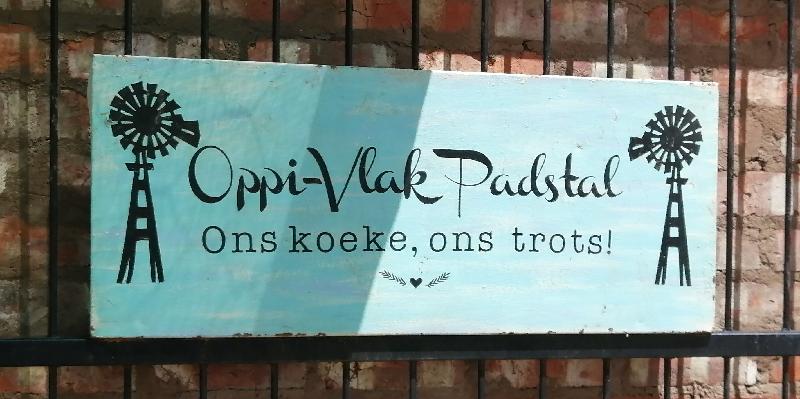
Stopped at the Oppi-Vlak farm stall where they are very proud of their koek.
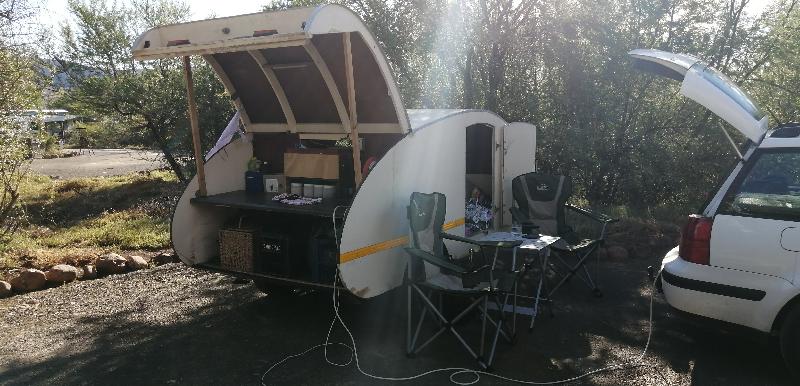
The Camdeboo campsite is nice, except for the plague of monkeys. I understand it’s hard to keep them out, but SanParks do have to pay more attention to this problem, these little guys make the experience less pleasant.

Curious mouse.

Curious zebra.

Curious gemsbok.

Lots of baby gemsbok.

Three-horned black wildebeest.

Wheee!


Bat-eared foxes are cute.


5c birds. They used to be endangered but these days I think they’re doing better than 5c pieces, which are obsolete.
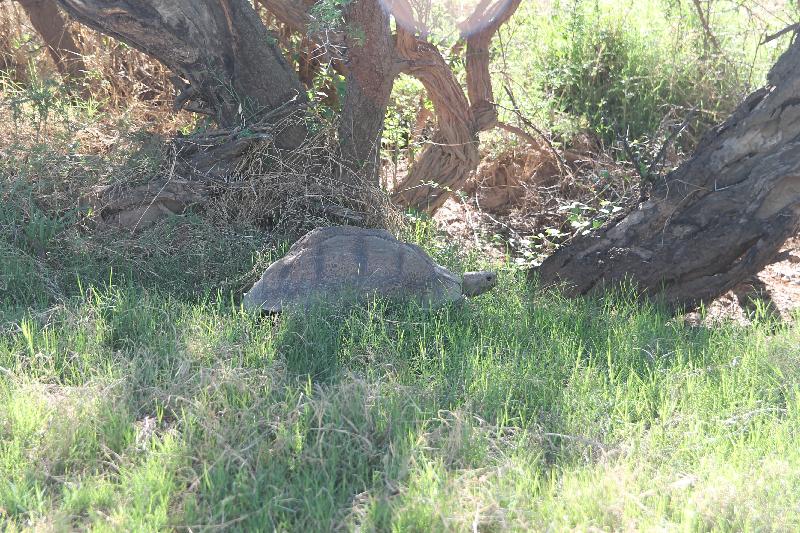
We didn’t see any meerkat, which was a pity.
(Backdated, as usual. If the last entry is not around the 20th of November, check back later for more)
A lot of people had to cancel their travelling plans this year. Back in July I took a chance that things would be more-or-less back to normal in November, and booked us ten days in Kruger.
I decided on five days at Balule (which is the campsite for Olifants, because obviously we were taking the teardrop) and five days at Lower Sabie.
Kruger has a number of what they call “Bushveld Camps” which have “limited facilities” — private cottages with everything the main camps have except maybe air conditioning, and no restaurant or shop, sometimes not enough power for a hair drier… absolute luxury compared to Balule, which has hot showers and a shared deep freeze.
And with the reduction in tourism, I could actually get a night at Talamati (it’s expensive, the one night there cost as much as five days camping at Lower Sabie, but the main reason we’ve not gone to one of these before is that they are booked out a year in advance, normally).
So it became four nights at Balule, one at Talamati, five at Lower Sabie.
And because we can’t just always Kruger, Kruger, Kruger, I decided to take a slightly longer drive going up, going via the Camdeboo park at Graaff-Reinet.
So, Saturday 2020-11-07, depart Fish Hoek, drive to Camdeboo. Spend Sunday there. Monday, drive to Meyerton, sleep over. Tuesday, drive to Hoedspruit via Dullstroom, visit friends in Hoedspruit. Wednesday, hit the park, stay until Saturday 2020-11-21, drive to Bloemfontein, overnight, drive home.
My wife asked why I carry a gun around the house? I looked her dead in the eye and said, “Decepticons”. She laughed, I laughed, the toaster laughed, I shot the toaster, it was a good time.
Or in this case, the dishwasher. It was doing strange things so I took out the controller PCB to look for dry joints, etc…
![]()
What’s that at the top left? Looks like a PCB antenna?
![]()
It’s a CC2500 2.4 GHz transceiver.
OK, so some smeg products (this is a smeg LVS65W8A for the record) do have built-in transceivers. And there’s an app (terrible, terrible app BTW) to let you control them — but it’s limited to ovens and wine coolers and this is neither.
Maybe they use one controller for all their appliances, to reduce their inventory. But I’m not sure the reduced inventory cost would balance the increased BoM cost.
Or maybe my dishwasher is spying on me.
Spam. We will always have it because there are always suckers. To wit:
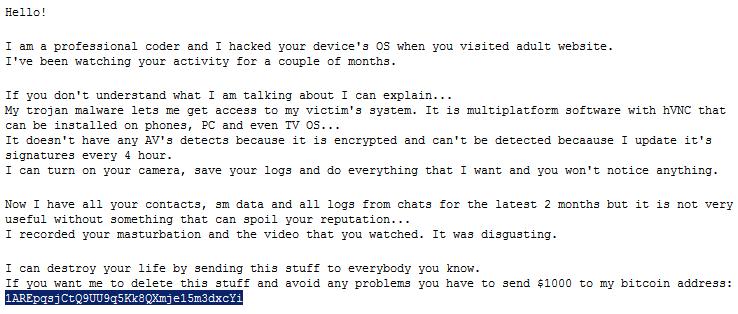
OK, let’s check that bitcoin address then shall we?

Yup, one sucker caught. One gazillion emails sent, free. 0.00….0001% hit rate, $1000 in the bank.
*Sigh*